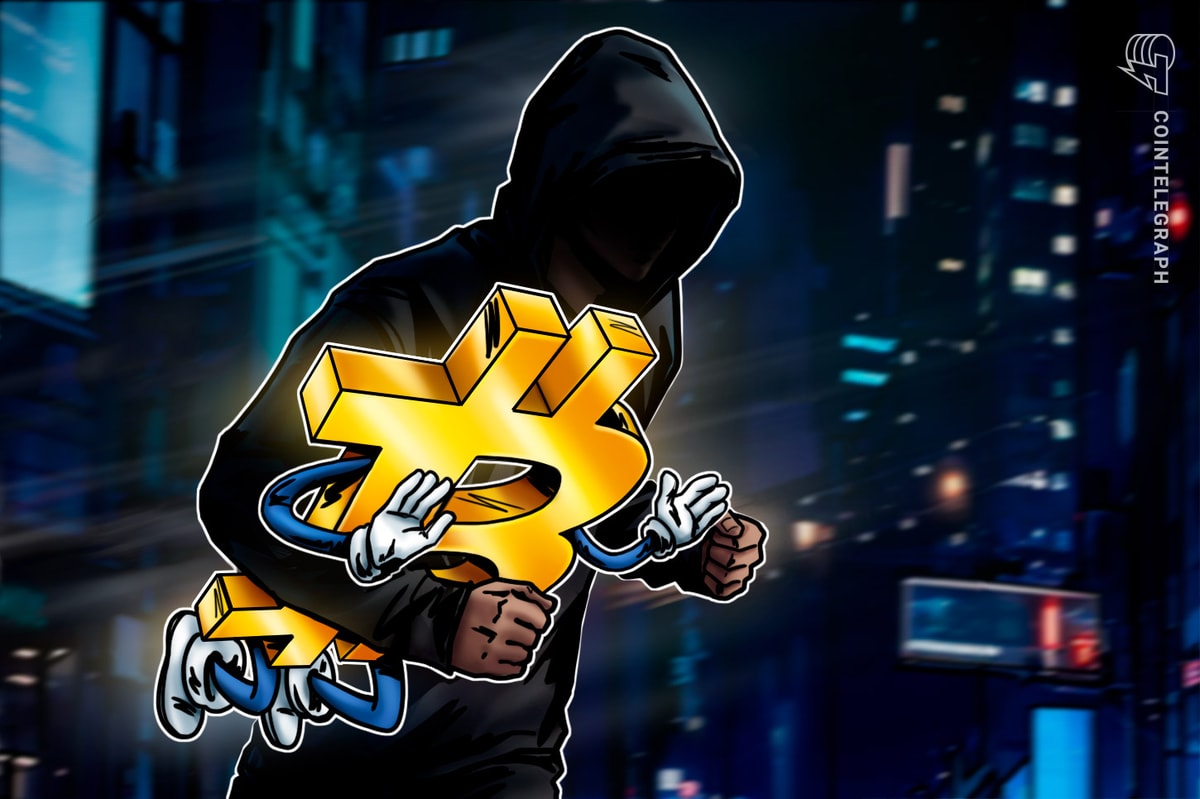Daily transaction fees on the Ethereum network have fallen to their lowest level since September 2024, according to data from Token Terminal.
Ethereum generated $731,472 in daily fees on Feb. 8, marking the first time in five months that daily revenue dropped below $1 million. The network experienced a similar slump from Aug. 17 to Sept. 8, 2024, when it failed to surpass the $1 million threshold in multiple days. The last time this occurred was in November 2020.
Ethereum fees generated on Feb. 8. Source: Token Terminal
The network’s native cryptocurrency, Ether (ETH), has also disappointed investors over the past year, failing to reach new highs alongside Bitcoin despite the approval of spot exchange-traded funds (ETFs) in major markets like the US and Hong Kong.
The global cryptocurrency industry has faced broader downturns amid escalating trade tensions, but one key factor weighing on Ether’s performance is its rising supply. Since April 2024, Ethereum’s supply has been steadily increasing, reversing the deflationary period introduced by the Merge in September 2022. Ethereum’s total supply has now surpassed pre-Merge levels.
Ethereum supply reclaims pre-Merge levels. Source: Ultrassound.money
The Merge eliminated Ethereum’s mining-based issuance, which previously had a high supply inflation rate. Ethereum also implemented the London hard fork in August 2021, which introduced a mechanism that burns a portion of transaction fees. When network activity is high, burned ETH can surpass newly issued ETH, making the asset deflationary.
Related: ‘The worst thing that happened to Ethereum’ — Bitcoin up 160% since the Merge
Layer-2 networks reduce Ethereum activity
Ethereum’s layer-2 scaling strategy has successfully reduced congestion and fee spikes on the mainchain, but this has shifted activity off the main blockchain. These layer-2 networks still face interoperability issues, which has raised concerns about a fragmented Ethereum ecosystem.
Meanwhile, competitors have been gaining ground. Tron is growing as a preferred network for stablecoin transactions. Solana has emerged as a rising DeFi hub, especially within the memecoin market. Both networks have edged Ethereum in total fees generated over the past three months, Token Terminal data shows.
Beyond onchain factors, internal conflicts within the Ethereum Foundation have also cast uncertainty over the network.
Related: Ethereum Foundation infighting and drop in DApp volumes put cloud over ETH price
In January, Ethereum co-founder Vitalik Buterin took sole authority of the Ethereum Foundation’s leadership amid criticism of executive director Aya Miyaguchi and conflict-of-interest concerns over researchers’ paid advisory roles at EigenLayer.
But Ethereum bulls seem unfazed by the noise. Accumulation addresses scooped up 330,705 ETH ($833 million) on Feb. 7, the largest single-day inflow ever recorded, according to CryptoQuant.
Magazine: Ethereum L2s will be interoperable ‘within months’: Complete guide









